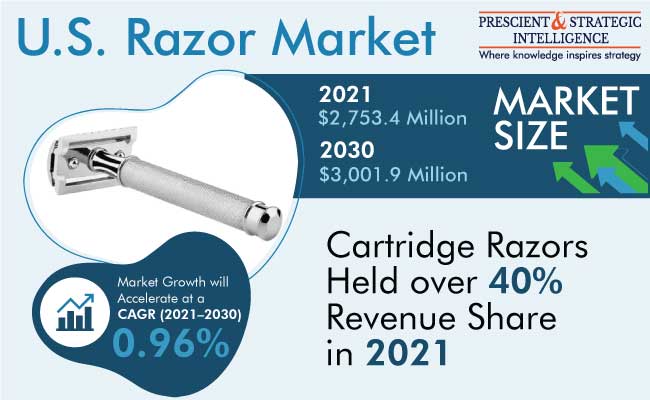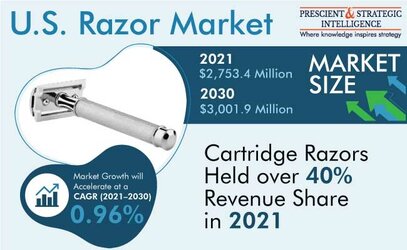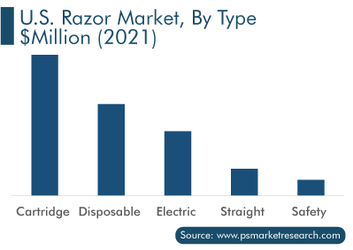Hello all.
I was curious to know if anyone knows which razor type is the most popular / best selling ? I did a google search, and could not really find anything. My gut feeling is that electric razors would still be the most popular by a fair margin, but I have no way of knowing.
I'm asking purely out of intellectual curiosity.
Thank you.
I was curious to know if anyone knows which razor type is the most popular / best selling ? I did a google search, and could not really find anything. My gut feeling is that electric razors would still be the most popular by a fair margin, but I have no way of knowing.
I'm asking purely out of intellectual curiosity.
Thank you.




